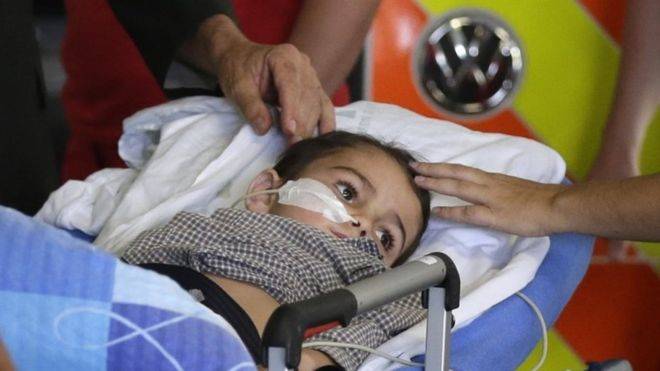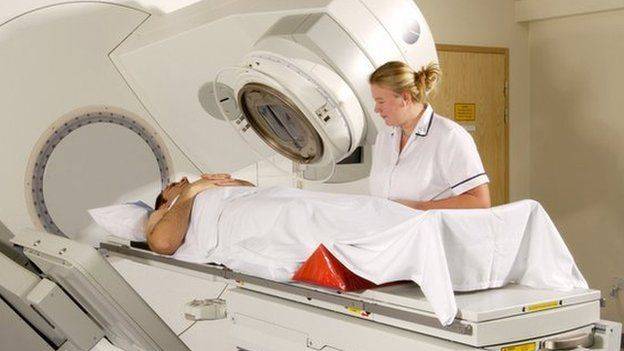I received this in an e-mail. It is very interesting.
Cancer News from Johns Hopkins* No plastics in microwave!* No water bottles in freezer!* No plastic wrap in microwave! Johns Hopkins has recently sent this out in their newsletters worth noting... This information is being circulated at Walter Reed ArmyMedical Center. Dioxin Carcinogens cause cancer, especially breast cancer. Don't freeze your plastic water bottles with water as this also releases dioxins in the plastic. Dr. Edward Fujimoto from Castle hospital was on a TV program explaining this health hazard. (He is the manager of the Wellness Program at the hospital.) He was talking about dioxins and how bad they are for us. He said that we should not be heating our food in the microwave using plastic containers.This applies to foods that contain fat. He said that the combination of fat, high heat and plastics releases dioxins into the food and ultimately into the cells of the body. Dioxins are carcinogens and highly toxic to the cells of our bodies. Instead, he recommends using glass, Corning Ware,or ceramic containers for heating food. You get the same results, without the dioxins. So such things as TV dinners, instant ramen and soups, etc., should be removed from the container and heated in something else. Paper isn't bad but you don't know what is in the paper. It's just safer to use tempered glass, Corning Ware, etc. He said we might remember when some of the fast food restaurants moved away from the foam containers to paper. The dioxin problem is one of the reasons.To add to this, Saran wrap placed over foods as they are nuked, with the high heat, actually drips poisonous toxins into the food, use paper towels.Pass this on to your family & friends & those that are important in your life.



